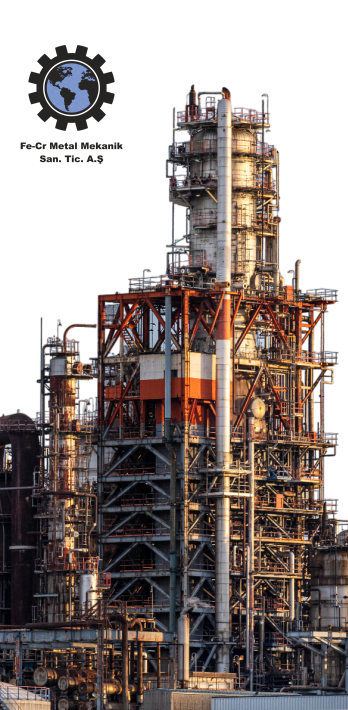.jpg)
Pipe assembly and disassembly are crucial tasks in industrial settings, power plants, water treatment facilities, and construction projects. These operations ensure the proper installation, maintenance, and replacement of pipelines, which are essential for system efficiency and safety. Here’s a detailed overview:
Pipe Assembly
1. Planning and Preparation:
- Site Assessment: Evaluate the installation site to determine the optimal layout for the pipes and connections.
- Design and Drawings: Create detailed diagrams and plans for the pipeline layout, including pipe sizes, fittings, and valves.
- Material Selection: Choose appropriate materials based on project requirements, including pipes, fittings, clamps, and valves.
2. Material Supply:
- Procurement: Acquire the necessary materials, ensuring they meet quality standards and are suitable for the intended application.
3. Installation Process:
- Cutting and Shaping: Cut pipes to the required lengths using appropriate tools. Ensure that the ends are smooth and free of burrs.
- Assembly and Fitting: Fit pipes together using clamps, flanges, or welding, depending on the design and material.
- Welding and Connection: Perform welding or bolting as required to secure the pipes and create leak-proof joints.
- Testing and Inspection: Conduct pressure tests and leak detection to ensure the system is functioning correctly and there are no leaks.
4. Documentation and Approval:
- Records: Document the installation process, including materials used, installation methods, and test results.
- Approval: Obtain approval from relevant authorities or project managers after reviewing the installation documentation and testing results.
Pipe Disassembly
1. Planning and Safety:
- Safety Assessment: Plan the disassembly process with a focus on safety. Ensure that the area is secure and that all necessary safety measures are in place.
- Procedure Planning: Develop a detailed plan for disassembling the pipes, including the methods and tools to be used.
2. System Drainage:
- Fluid Removal: Drain any liquids or gases from the pipelines. Ensure that all materials in the pipes are properly cleaned or disposed of according to regulations.
3. Disassembly Process:
- Cutting and Separation: Cut and separate the pipes from their connections using appropriate tools. This may involve using saws, grinders, or other cutting devices.
- Disassembly and Transport: Carefully disassemble the pipes and transport them to the designated area for further handling or disposal.
4. Cleaning and Evaluation:
- Work Area Cleaning: Clean the disassembly area to remove any debris or residual materials.
- Evaluation and Reporting: Document the condition of the pipes and any observations made during disassembly. Report any issues or recommendations for future work.
Best Practices for Pipe Assembly and Disassembly
- Safety First: Always adhere to safety protocols to protect workers and prevent accidents. Use personal protective equipment (PPE) and follow safety guidelines.
- Professional Handling: Ensure that experienced and trained personnel carry out the assembly and disassembly operations. Proper training and expertise are crucial for successful outcomes.
- Quality Control: Implement strict quality control measures throughout the process. This includes regular inspections, testing, and documentation to ensure that all work meets standards.
- Proper Equipment: Use appropriate tools and equipment for cutting, fitting, and welding pipes. Ensure that all tools are maintained and in good working condition.
- Environmental Considerations: Handle and dispose of any residual materials or waste properly. Follow environmental regulations and best practices to minimize impact.
Effective pipe assembly and disassembly are essential for maintaining the functionality, efficiency, and safety of pipelines in various facilities. Professional execution and adherence to best practices ensure the long-term performance and reliability of piping systems.





